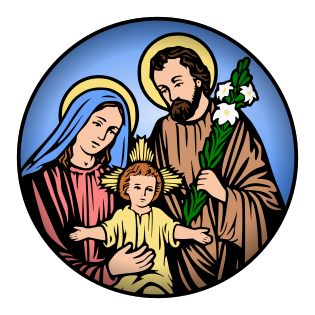Solemnity of the Epiphany
5 January 2020
Year A
As you can probably guess I use several resources to help deepen my understanding of the Scriptures … recently, one such reflection spoke of a philosopher I had never heard of … a Jewish man by the name of Emmanuel Levinas – born in Lithunia in 1906, died in Paris in 1995. He was a student and teacher of existential philosophy – which has as its premise the starting point of experience, particularly the experience of the other – the active, living, feeling, breathing human person. This method of philosophy is not so concerned about searching out objective truth as it is about one’s own personal experiences – this sort of paved the way for our modern relativistic philosophy that permeates the culture today. Nevertheless, there is still something to be said for it … Levinas wrote about the “face” and the “other” – what and how that communicates to us … For him, the face captures the living presence of another human being – in the face we see and are seen. In his book Totality and Infinity he wrote: “The face is a living presence; it is an expression … the face speaks.”
Can you possibly imagine what the Magi experienced in the face of Christ? Arriving in Bethlehem, they have come in contact with and encountered the very face of God – His living, breathing presence. What did they see, hear, smell? How did Mary and Joseph respond to the magi’s arrival? Would they have said anything? We can surmise that they see, objectively – through their human eyes – an ordinary baby, an innocent child with His mother. Yet, there is so much more that lies beneath surface, behind the face of the child – hidden in Him is the Creator of the universe … God in the flesh. Perhaps – with the eyes of faith – this is what they see… they see beyond the appearance and fall prostrate before Him in an act of worship. It was a true encounter with the living God.
I think this is the point of Levinas “face – other” philosophy … there is so much more that meets the eye. Beyond the surface, behind the eyes, hidden within every person we encounter is more … hidden pain and suffering … a story to be told … joys to be shared … there is more. Similarly – we see, smell and taste ordinary bread and wine … yet there is so much more that meets the eye! Beyond the appearance is a story … a hidden mystery … the reality of our God present to us!
The magi certainly teach us something about faith … about how to see beyond the veil … to look more deeply to what is hidden in the mystery of every person and in the mystery of our God present to us … They teach us about the presence of the “other” … and not only that but to honor that person, to honor that which lies beyond – their gifts speak to the kingship and divinity of the child … which cannot be seen.
How then do we honor one another? How do we show each other respect … what do we have to give to others that shows that we are able to see their dignity, that we understand their stories and feel their pain and share their joy? Such a recognition, such a gift … begins here in the adoration of our God … what do we have to give our God that shows that we are present to Him, that we honor Him, love Him, adore Him … that shows that we know His story, feel His pain, see Him beyond the veil of bread and wine for who He really is … our King and our God present to us … for this, Bread and Wine, this is the face of our God among us … and this is a real and true encounter.
